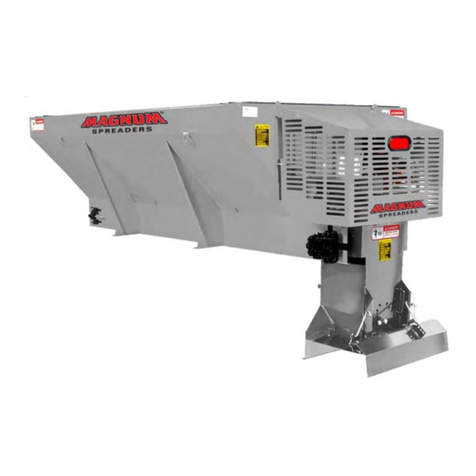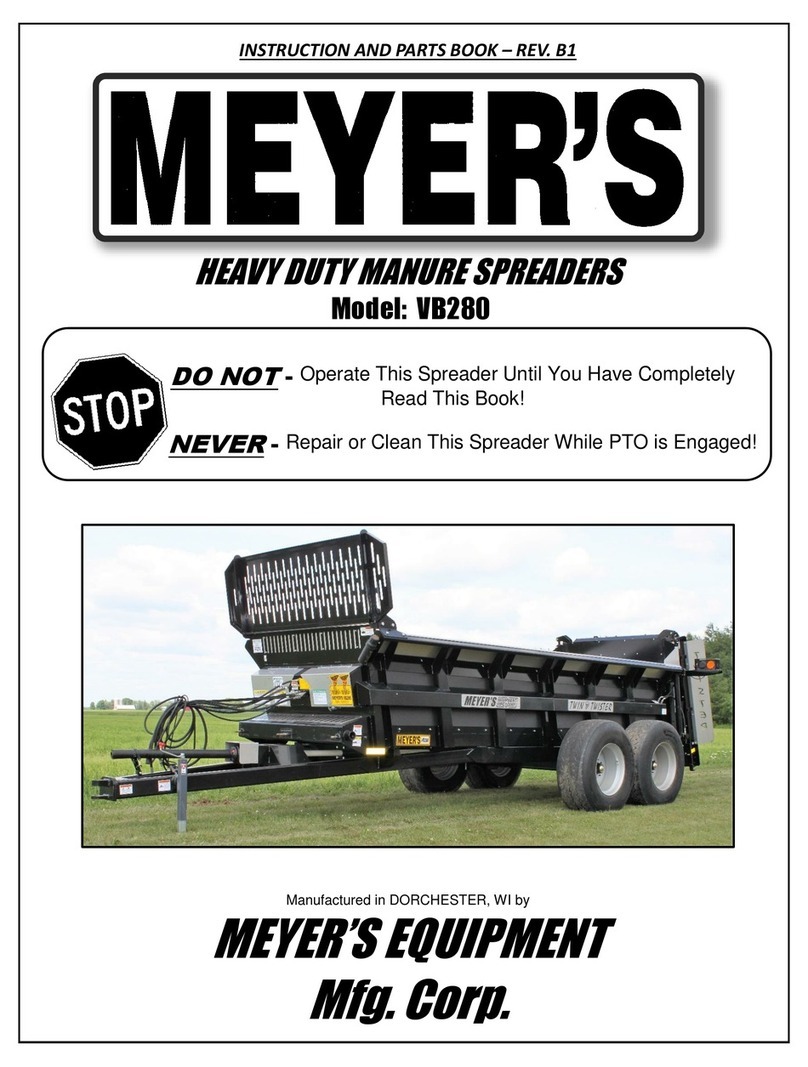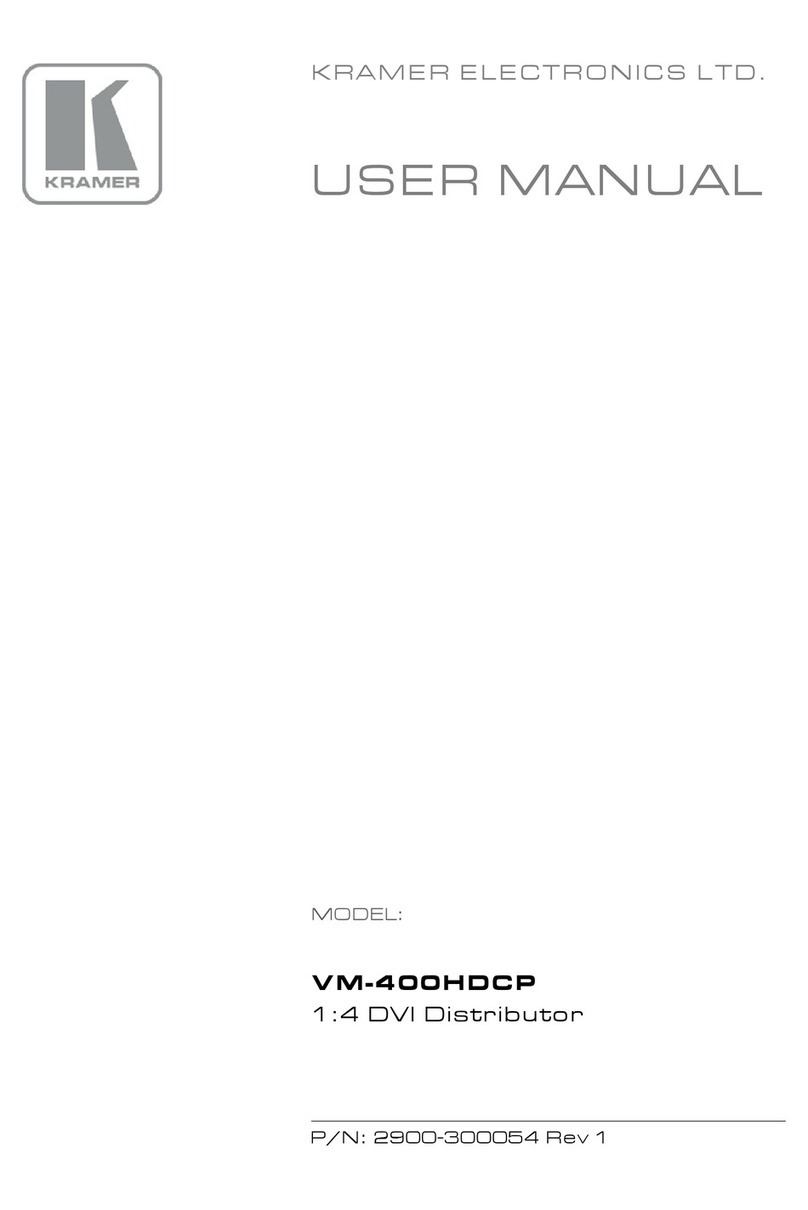
5
Operation Manual Fire Lighter Revision 2
Ground Effect Fire Lighter Ownership Record
Company Name
Contact Name
Telephone
Cell Phone
Address
Email
Date of new ownership
Serial No.
_____________________________________________________________________________________________
Company Name ………………………………………………………………………………………
Contact Name ………………………………………………………………………………………
Telephone ………………………………………………………………………………………
Cell Phone ………………………………………………………………………………………
Address ………………………………………………………………………………………
Email ………………………………………………………………………………………
Date of new ownership ………………………………………………………………………………………
Serial No. ………………………………………………………………………………………
Please scan and email to imssales@imsheli.com
___________________________________________________________________________________________
Company Name ………………………………………………………………………………………
Contact Name ………………………………………………………………………………………
Telephone ………………………………………………………………………………………
Cell Phone ………………………………………………………………………………………
Address ………………………………………………………………………………………
Email ………………………………………………………………………………………
Date of new ownership ………………………………………………………………………………………
Serial No. ………………………………………………………………………………………
Please scan and email to imssales@imsheli.com
___________________________________________________________________________________________
Company Name ………………………………………………………………………………………
Contact Name ………………………………………………………………………………………
Telephone ………………………………………………………………………………………
Cell Phone ………………………………………………………………………………………
Address ………………………………………………………………………………………
Email ………………………………………………………………………………………
Date of new ownership ………………………………………………………………………………………
Serial No. ………………………………………………………………………………………
Please scan and email to imssales@imsheli.com
___________________________________________________________________________________________
Company Name ………………………………………………………………………………………
Contact Name ………………………………………………………………………………………
Telephone ………………………………………………………………………………………
Cell Phone ………………………………………………………………………………………
Address ………………………………………………………………………………………
Email ………………………………………………………………………………………
Date of new ownership ………………………………………………………………………………………
Serial No. ………………………………………………………………………………………
Please scan and email to imssales@imsheli.com
___________________________________________________________________________________________
Filling this section out and sending to us will enable IMS to notify the Ground Effect Fire Lighter owner of any new information or developments
relating to your Fire Lighter that would be of interest to you



























